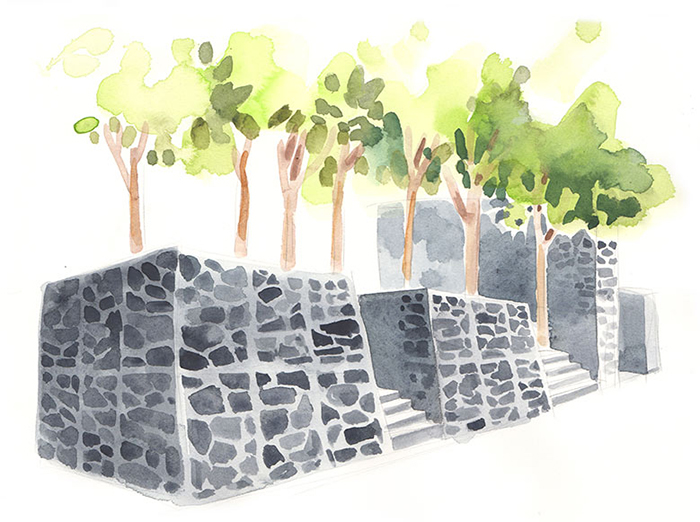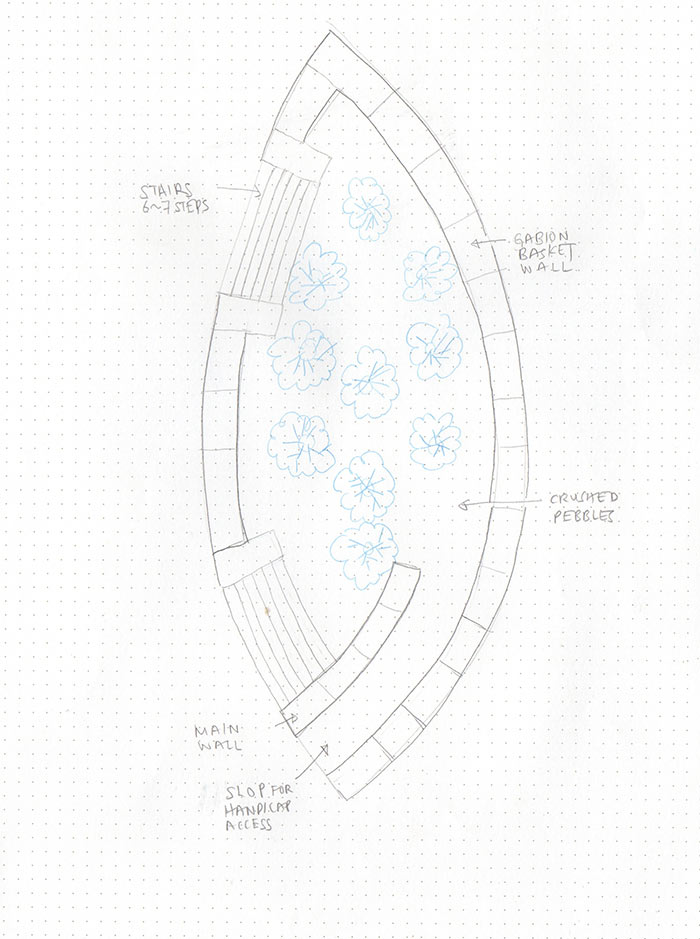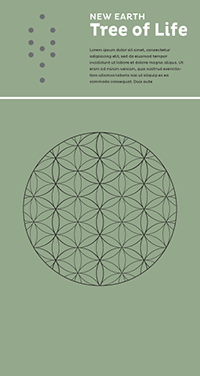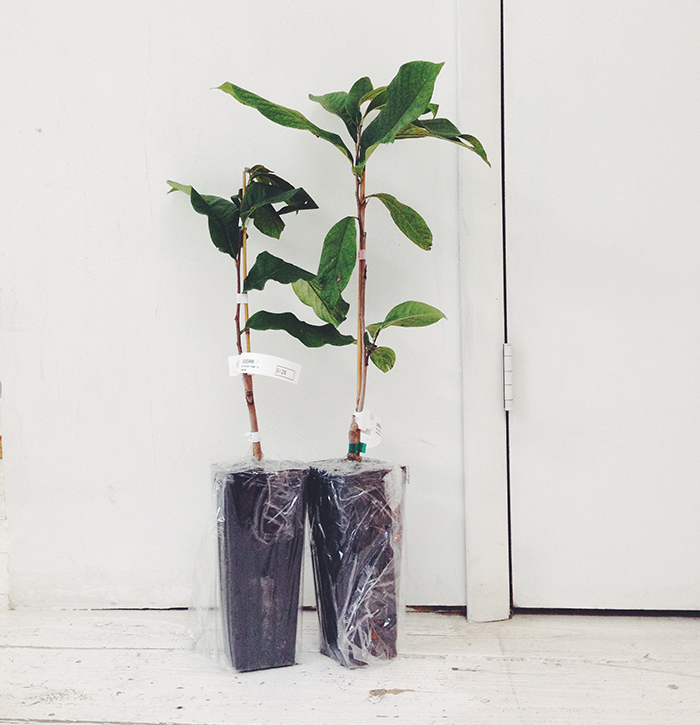
Our project is to install an interactive and educational orchard to inspire others by the beauty and creativity of the fruit trees as well as empower them to grow their own food through the educational material displayed there. The orchards will serve as gathering places for children, parents and community members, where they can learn about gardening, ecology, community and how to grow food at home.
With QR code signage on each tree and adopt a tree program, we’ll ensure the orcard is meaningful and well taken care of. Each tree will be adopted by a family and they are responsible for watering and maintanence of that tree as it grow. We will empower visitors to grow their own food and make a positive change in the global farm to table movement.
Specific world view to overcome is the notion of maintenance concerns like sidewalks stained or made slippery by fallen rotted fruit and ants and other wildlife. By growing food, you are growing the community and rehabilitate our local eco system. Fruit tree is always an optimistic and a sign of abundance rather than desperate and ignored landscape. A fruit tree symbolize hope for a better future.
Planting a tree is an act of defiance and a motion to reset the broken food system that is heavily fossil fuel dependent.
A Food Forest is a gardening technique or land management system that mimics a woodland ecosystem but substitutes in edible trees, shrubs, perennials and annuals. Fruit and nut trees are the upper level, while below are berry shrubs, edible perennials and annuals. Companions or beneficial plants are included to attract insects for natural pest management while some plants are soil amenders providing nitrogen and mulch. Together they create relationships to form a forest garden ecosystem able to produce high yields of food with less maintenance. Candidate fruit tree include: Pawpaws, Scuppernong Grapes, Juneberry, American Persimmon, Mayhaw and Fig
A man has made at least a start on discovering the meaning of human life
when he plants shade trees under which
he knows full well he will never sit.
D. Elton Trueblood

The Mandorla is an ancient symbol of two circles coming together and overlapping one another to form an almond shape in the middle. Also known as the "Vesica Piscis", symbolizing the interactions and interdependence of opposing worlds and forces, the circles may be taken to represent spirit and matter or heaven and earth. Mandorla is the Italian word for almond. The almond is an ancient symbol for the closing up of valuable contents in a hard, almost impenetrable shell. It is a mysterious image of concentration upon the light that shines from within. Christ's true nature is supposed to lie beneath the surface of the corporal (bodily) being.
Although the symbol may have its roots before the Christian movement began, the early Christians used the symbol as a method to describe the coming together of heaven and earth or spirit and matter.
Since man struggles between both heaven and earth the Mandorla instructs people how to reconcile. The mandorla begins the healing of the split. The overlap generally is very thin at first, only a sliver of a new moon, but it is a beginning. As time passes, the greater the overlap, the greater and more complete is the healing. The mandorla binds together that which was torn a part and made unwhole-unholy. It is considered the most profound religious experience one can have in life.
Finally, since the mandorla represents the coming together of the opposites, then if man were to transform this symbol from a religious one (which may limit the use of to only Christains) to a psychological one, then the use of the symbol can have an intrapsychic healing or integrative effect to both ego and shadow. Therefore, the process of integration can transform from the personal unconscious of others to a cultural level, eventually leading the healing process to the collective unconscious.
 |
|
Decorative elements
The tree of life is an ancient symbol derived from the Flower of Life. (illustrated on the chart on the left)
Sacred Geometry is the blueprint of Creation and the genesis of all form. It is an ancient science that explores and explains the energy patterns that create and unify all things. It reveals the precise way that the energy of Creation organizes itself. On every scale, every natural pattern of growth or movement, inevitably conforms to one or more geometric shapes.
As you enter the world of Sacred Geometry you begin to see, as never before, the wonderfully patterned beauty of Creation. The molecules of our DNA, the cornea of our eye, snowflakes, pine cones, flower petals, diamond crystals, the branching of trees, a nautilus shell, the star we spin around, the galaxy we spiral within, the air we breathe, and all life forms as we know them, emerge out of timeless geometric codes. Viewing and contemplating these codes allows us to gaze directly at the lines on the face of deep wisdom; offering a glimpse into the inner workings of the Universal Mind and the Universe itself.
The ancients believed that the experience of Sacred Geometry was essential to the education of the soul. They knew that these patterns and codes were symbolic of our own inner realm and the subtle structure of awareness. To them the “sacred” had particular significance involving consciousness and the profound mystery of awareness… the ultimate sacred wonder. Sacred Geometry takes on another level of significance when grounded in the experience of self-awareness.
Geometric shapes actually represent the manifest stages of ‘becoming’. To see and work with unity and wholeness in geometry can help abolish our false notion of separateness from nature and from each other. Through Sacred Geometry we can discover the inherent proportion, balance, and harmony that exists in any situation, all manifest reality, and even the circumstances of our day-to-day life.
It was Marcel Proust who said, “ The real voyage of discovery consists not in seeking new lands but seeing with new eyes.”
|
 |
|
Elements
Signage is important to explain the project, clearly mark it as an art work, and deter vandalism. The material is perforated steel with powder coating and etching. It will display the concept, artist name and commissioning agency.
Fences
The pattern on this fence is based on the pattern of The Fruit of Life. This fence acts as the frame of a painting; it visually highlights and marks the area as an artwork. It also deters cars, postal trucks, garbage trucks, and other vehicles from reappropriating the land as parking spot. |
Design team: Andrew Weigand
Introducing Paw-Paw

|




